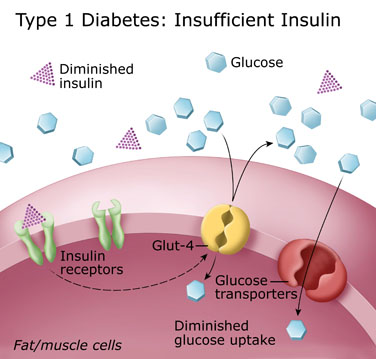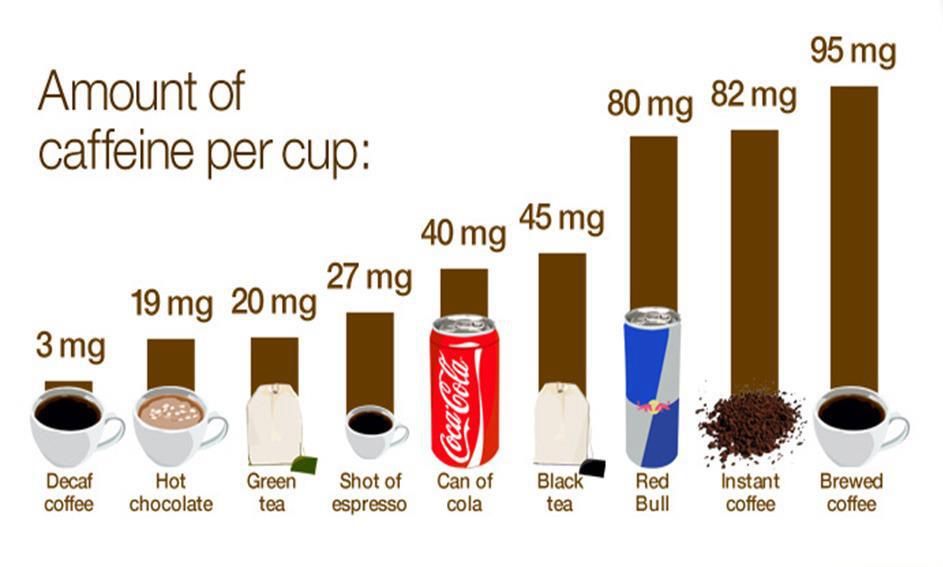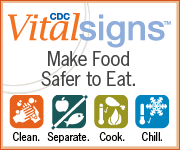Pack A Lunch!
Yes that's right, brown bagging it can save a pretty penny and also allows me to customize what I eat to allow for variety of foods.
I try to pack a balanced lunch and aim to include two of the three: diary, fruit or vegetable. I find that a light lunch with a bit more protein (usually Greek yogurt or cheese stick) keeps me fueled for my afternoon but not into a food coma....where I struggle to keep my eyes open during my afternoon activities.
In the warmer months, I would choose a salad or pita sandwich as a great way to pack a lunch. I like to add a Laughing Cow, Spreadable Cheese Wedges
Then fill with baby spinach.
Sometimes I'd fine myself getting tired of salad in the summer. When this happens, I try to mix up the dressing. In this salad, I used Bean & Corn Salsa , shredded cheese and plain Greek yogurt as a dressing for the salad. It can even be topped with more black beans, corn and tortilla chips.
, shredded cheese and plain Greek yogurt as a dressing for the salad. It can even be topped with more black beans, corn and tortilla chips.
Unfortunately, the warmer months are not currently around, and soups are my fall and winter go to. In this lunch, I packed celery with peanut butter, grapes, and a chicken pot-pie soup.
Packing lunches can take a bit of time, but if fruits and vegetables are cut and packaged the evening before, they can quickly be combined to pack a quick lunch before heading to work.
I'd love to hear your ideas for quick and easy lunches that carry their nutritional weight.








































